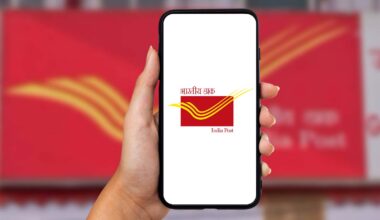IFSC Code or Indian Financial System Code is an alphanumeric code of 11-digits length. It is used to identify the branches of the bank within the NEFT (National Electronic Funds Transfer) network by the central bank.
IFSC code is used by various electronic payment systems such as NEFT, RTGS (Real Time Gross Settlement) and CFMS (Central Fund Management System). IFSC code is mandatory to transfer money from one bank account to another bank account. Every branch of any bank will have a unique IFSC code and therefore, two bank branches can never have the same IFSC code.
What does an IFSC Code Represent?
Every IFSC code represents both the bank and the branch by its 11-digit code. The first four alphabetic digits of the IFSC code represent the bank’s name and the last six digits represent the branch. The fifth digit of every IFSC code of any bank is 0 (zero).
Let’s take an example to understand the statement written above. In the IFSC code- PYTM0123456, the first four alphabetic digits represent the Paytm Payments Bank and the last six digits represent the Noida branch of the Paytm Payments Bank. And as you can see, the fifth digit in the IFSC code is zero.
Similarly for an account in any SBI branch, the IFSC code will look like SBIN0 followed by the 6 digits code for the branch. The same goes for the IFSC code of any other bank, first four digits to represent the bank, then zero and then 6 digit code of the branch.
How is the IFSC Code used to Transfer Money?
Whenever you want to transfer money from your bank account to another bank account or have to receive money from another bank account, you’ll need the IFSC code along with other details. Now, this will not be the case when the mode of money transfer is UPI as in that case only a UPI ID is needed to facilitate the money transfer.
To transfer the money from any other mode such as NEFT, RTGS, etc. you will need to provide the bank account number, IFSC code, account holder’s name etc. These transactions cannot take place without providing the IFSC code as it is used to identify the receiver’s bank and the branch.
Conclusion
An IFSC code is an 11-digit alphanumeric code used by the central bank to identify the bank and bank branch under the NEFT network. The first four digits of the IFSC code represent the bank and the last six digits represent the branch whereas the fifth digit is always 0 for every bank and every branch. IFSC code is necessary to facilitate the money transfer through NEFT, RTGS and CFMS mode of money transfer.





